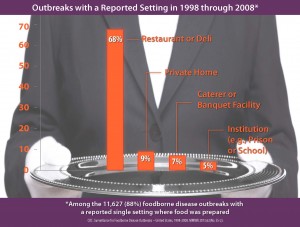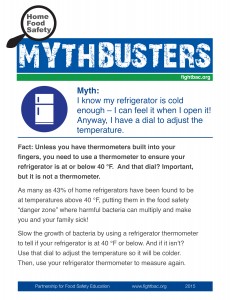https://medium.com/@sfdoug/these-recipes-might-make-matzoh-delicious-552a46a9af00#.5vs25fa0k
Artificial intelligence: Not just Siri anymore
Putting the latest cancer scare into perspective

People have been abuzz all week since a World Health Organization report suggests that bacon and processed meat increases cancer risk. That’s likely a valid conclusion based on decades of science. In fact, I remember reporting on a study that showed this in 1988. But this doesn’t mean you should immediately halt eating processed meats. Just be prudent. Moderation, as with all things.
Here’s an article by Julia Belluz, who covers health for Vox.com that tells more.
The WHO’s new warnings about bacon and cancer, explained – Vox
Puerto Vallarta Reported Back to Normal After Hurricane Patricia, say tourism officials
Tourism officials report normal situation in Puerto Vallarta after powerful hurricane; no loss of life and limited damage
PUERTO VALLARTA, MEXICO – SATURDAY OCTOBER 24, 2015 – 1PM (CDT) – Puerto Vallarta has returned to normalcy with all hotels, the Puerto Vallarta International Airport (PVR) and cruise port open and operating at 100% capacity. Puerto Vallarta weather is back to its typical clear skies and sunshine.
Jalisco State Authorities and Puerto Vallarta hotels started to transfer tourists and locals back to Puerto Vallarta from the shelters where they had been taken; when authorities determined last night that Hurricane Patricia would not be touching the city and was no longer a threat.
No human loss or infrastructure damages have been reported as a result of Hurricane Patricia.
Source: Puerto Vallarta Back to Normal After Hurricane Patricia
Egg Industry Group CEO Steps Down After Vegan Mayo Scramble – ABC News
When the egg industry challenged Hampton Creek, a company selling a product it calls Just Mayo, many people scoffed at yet another Goliath v. David battle. According to a report today, the egg industry trade group’s president has stepped down as a possible consequence of her effort against Hampton Creek.
The issue is whether the words “mayo” or “mayonnaise” legally refer to a product that must contain egg. From a legal standpoint, the law seems to favor the egg industry: The federal government established standard definitions of common words on food labels so that consumers have some chance of knowing what is inside a package. “Mayonnaise” is defined in the Code of Federal Regulations at 21CFR169.140, which clearly says that mayonnaise must contain egg and may not include food colorings to simulate egg. What is not so clear is whether the word “mayo” is covered by the same law, which only refers to “mayonnaise.” This is the stuff lawyers love and drives most people nuts.
In the meantime, consumers still can make their own decisions.
Source: Egg Industry Group CEO Steps Down After Vegan Mayo Scramble – ABC News
Thanks to Susan MacTavish Best http://livingmactavish.com for posting this where I could see it.
Enjoying the blues and bbq
Campaign aims to improve home food safety (VIDEO)

While it’s always good to be wary of public education campaigns driven by commercial interests, a new effort by the food industry to communicate about preventing food borne illness by improving home food safety has a few worthy elements. The new “Mythbusters” campaign aims to increase safe food handling in homes, which are the source for about 9% of food-related sickness in the United States each year. Commercial or restaurant kitchens are the source for most food borne disease, accounting for about seven times more cases than private kitchens.
The skeptic in me questions why backers like Foster Farms, Cargill, and the trade associations representing manufacturers of most of the food items that wind up in grocery stores and commercial kitchens, want to shine the light on home kitchens more than safety improvements in industrial food processing. To be fair, the large companies do pay attention to food safety, and I am unlikely to ever be completely comfortable eating factory-farmed, processed products. If they are doing their part, then asking consumers to be careful with home food safety, too, probably makes sense.

Food safety is serious business. According to the Centers for Disease Control and Prevention, 3,000 people die every year from consuming contaminated food or beverages, many thousands more are sickened.
Food prepared in home kitchens accounts for a lot of illness, but it’s a minor factor compared to restaurants or delis where many people can be exposed to contamination. Based on 10 years of data, the CDC estimates that nearly 7 out of every 10 cases of food borne illness are traced to restaurants, 1 out of every 10 to foods prepared in a private home, and the rest are attributed to caterers or institutional kitchens.
The project’s website has fact sheets, videos, and other resources to help families keep their home kitchens and the foods they eat safer. For example, a safe school lunch flyer reminds people to use separate cutting boards for meats and vegetables and use insulated bags, freezer gel packs or a frozen juice box to help keep lunches safe after they go out the door.


